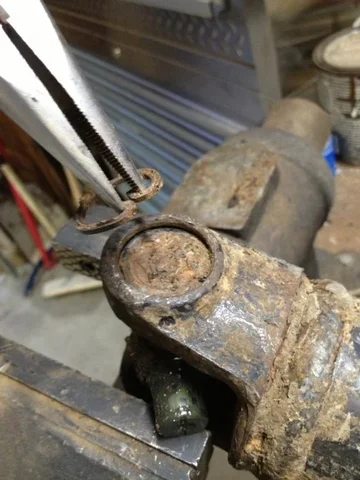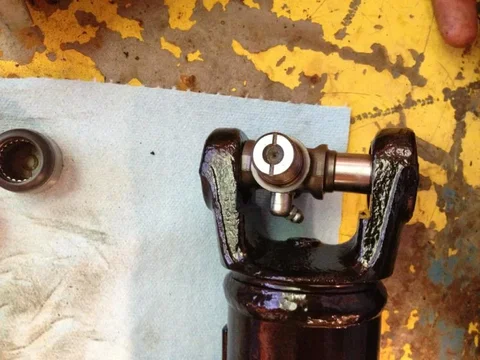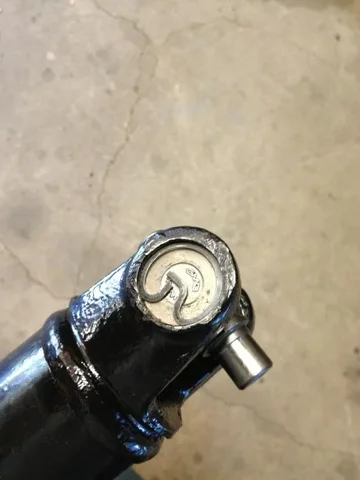- Thread starter
- #161
Now repeat all that again, this time not breaking the retaining clips so you can get a better pic for your Internet thread:

Drive cups out, clamp in the vise, wiggle free. Wash, rinse, repeat.

Images for how to install a u-joint might come later, but I don't have new parts right now. Also, I need to clean/paint the old parts. Stay tuned...



Drive cups out, clamp in the vise, wiggle free. Wash, rinse, repeat.

Images for how to install a u-joint might come later, but I don't have new parts right now. Also, I need to clean/paint the old parts. Stay tuned...






















